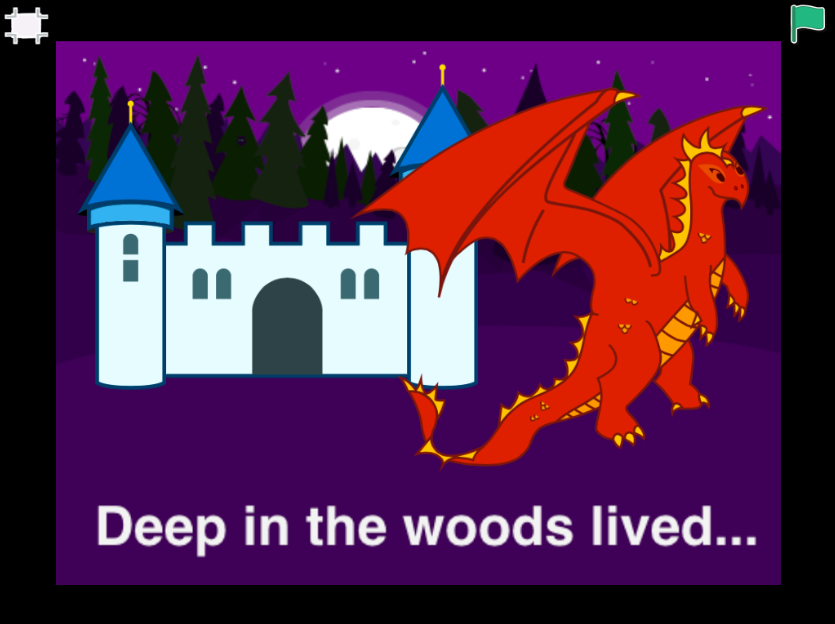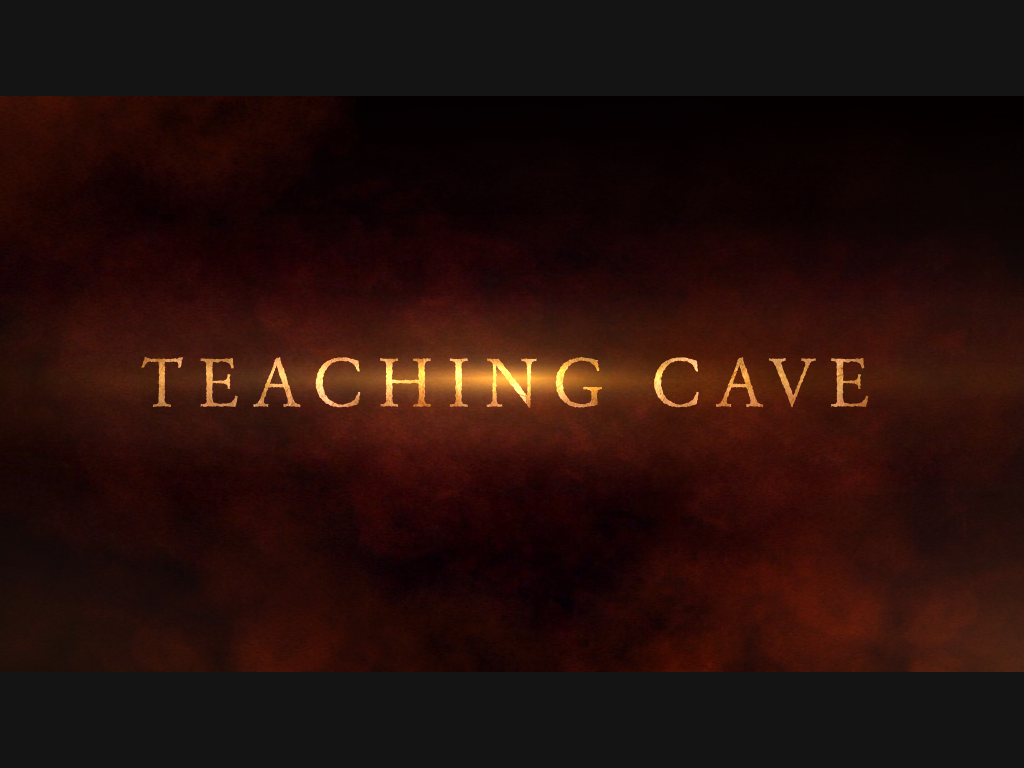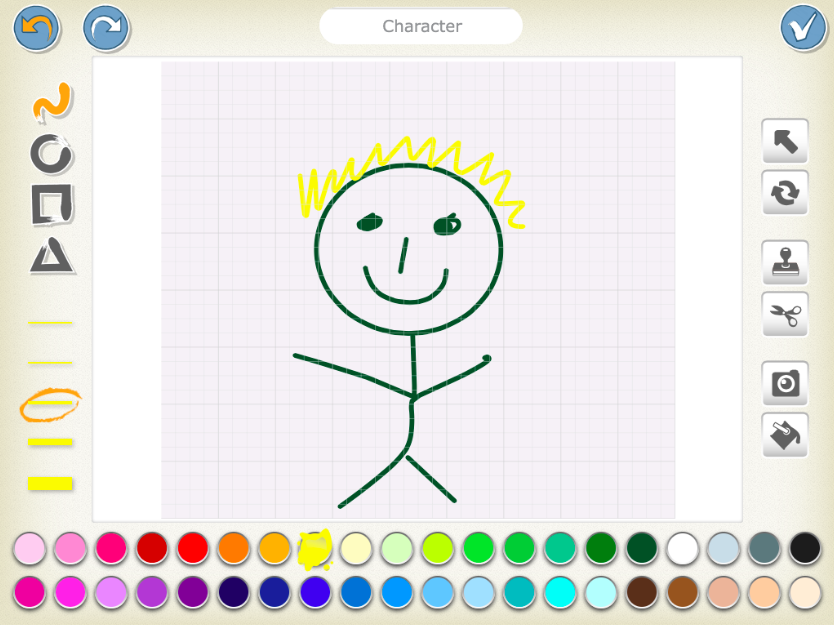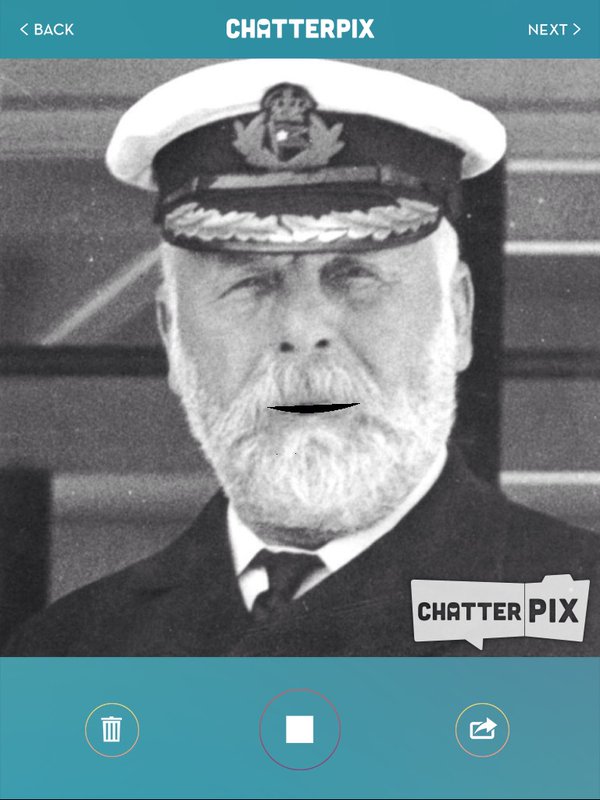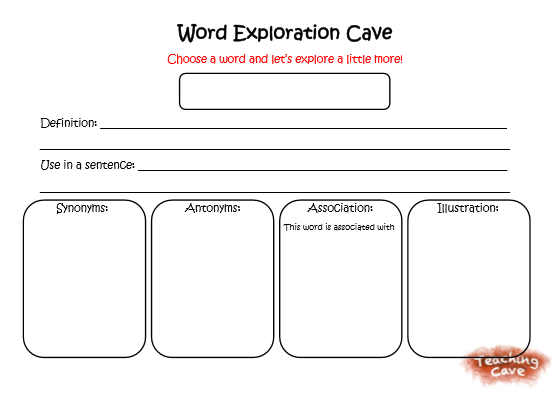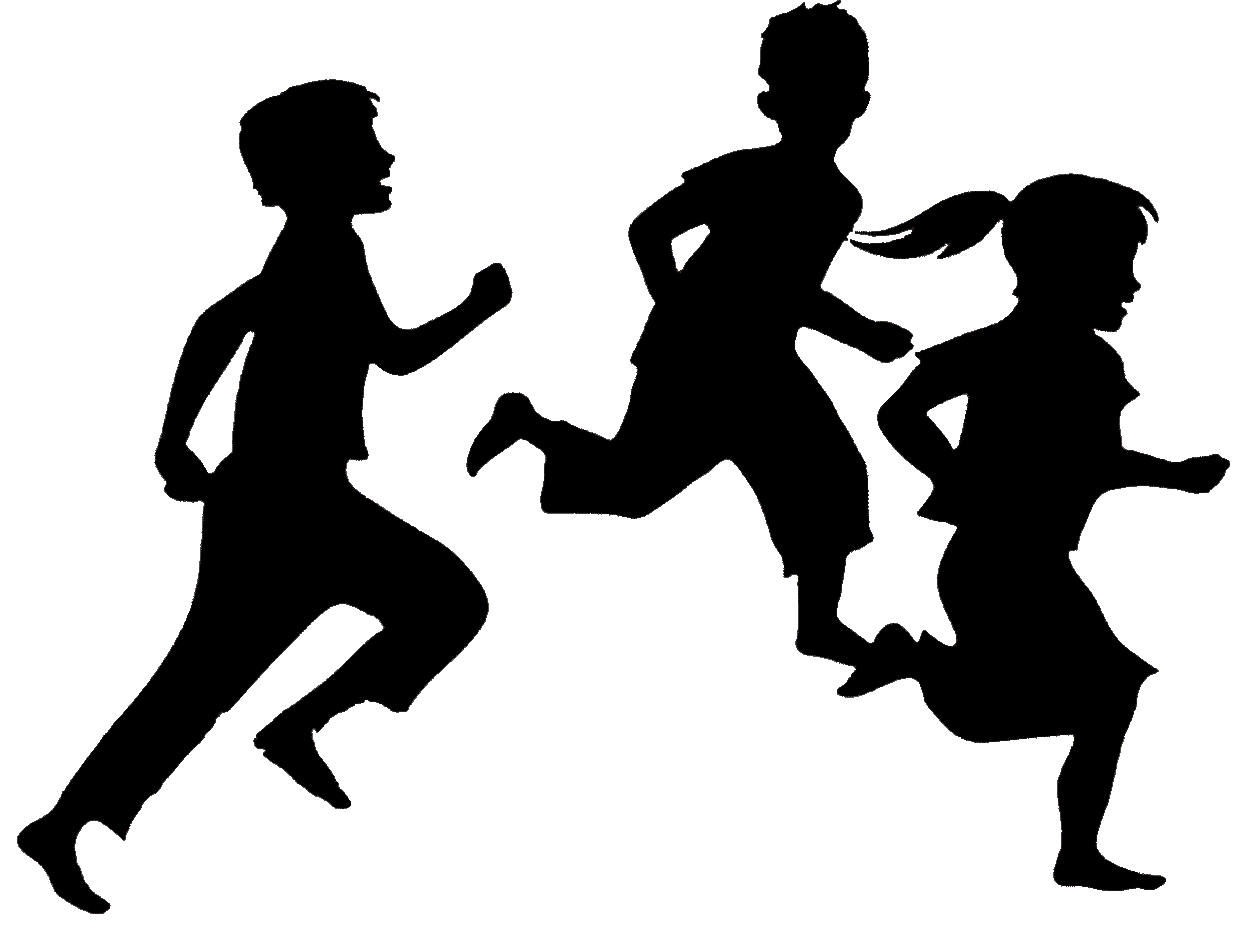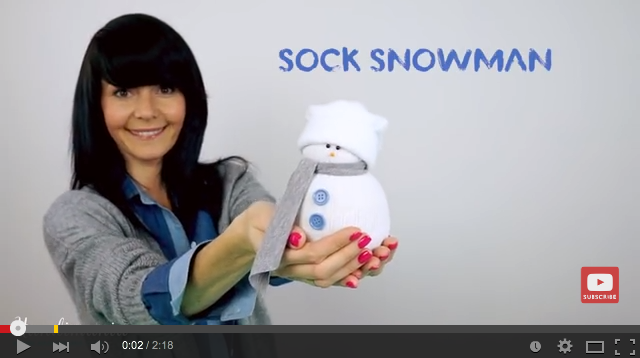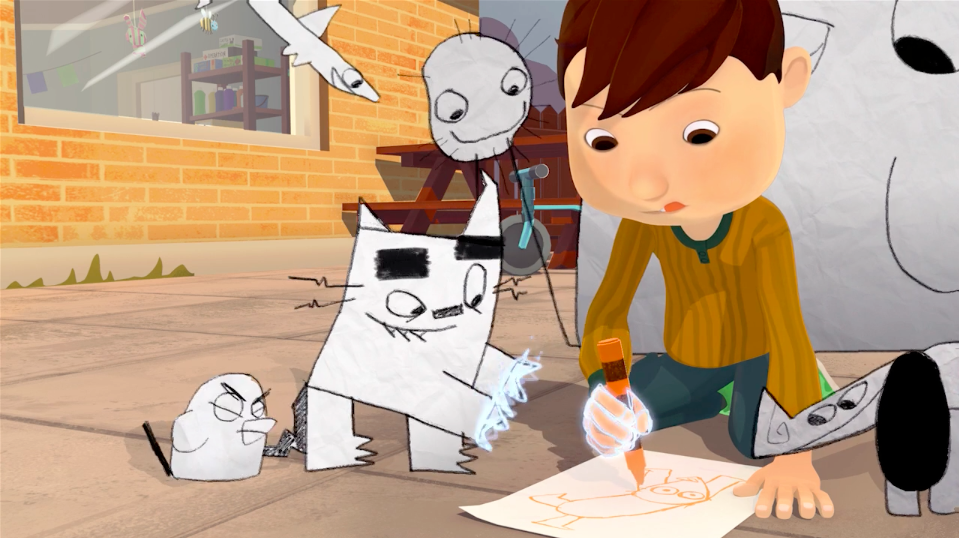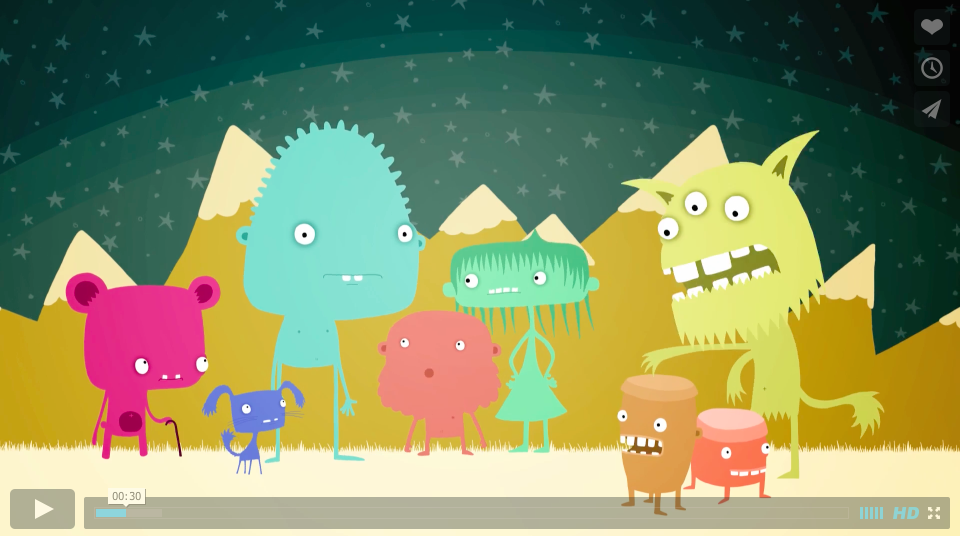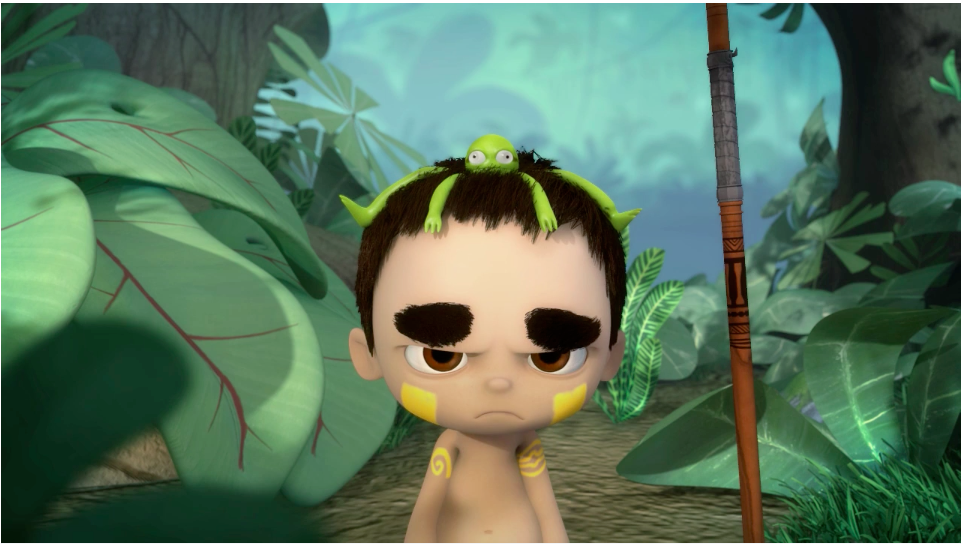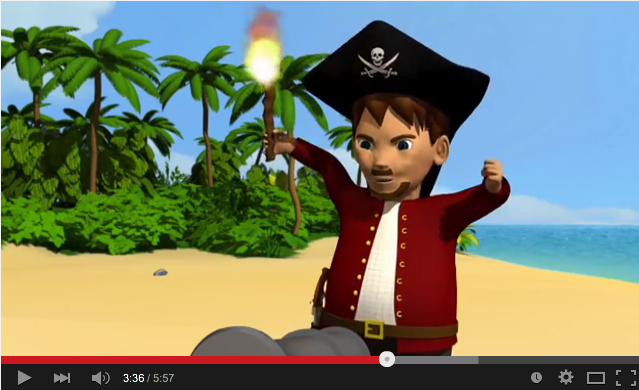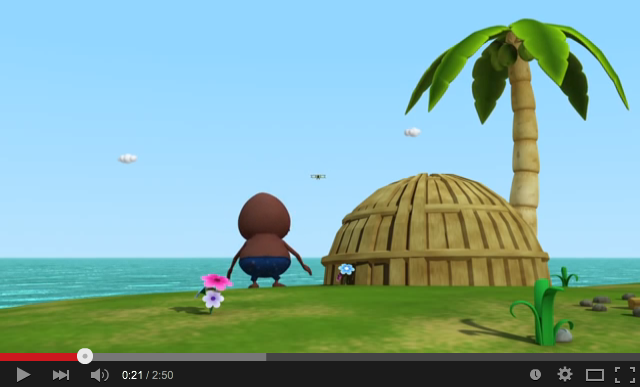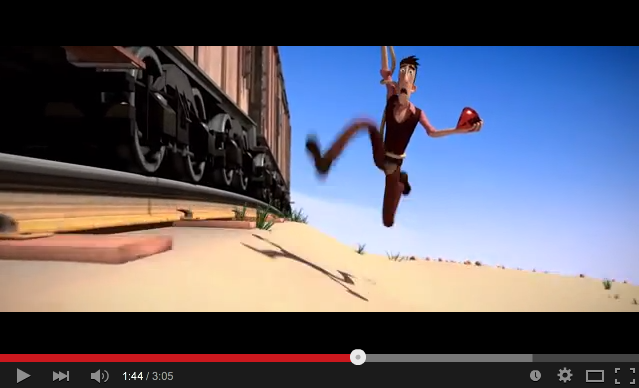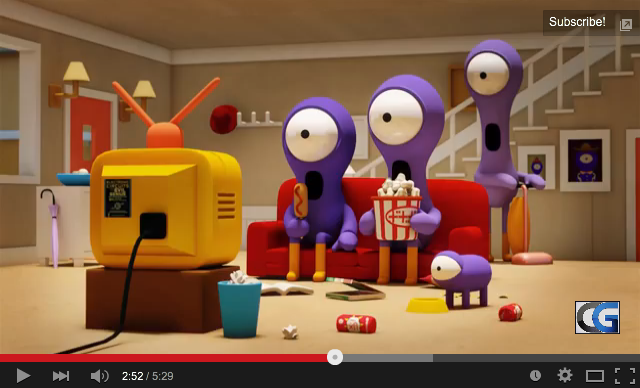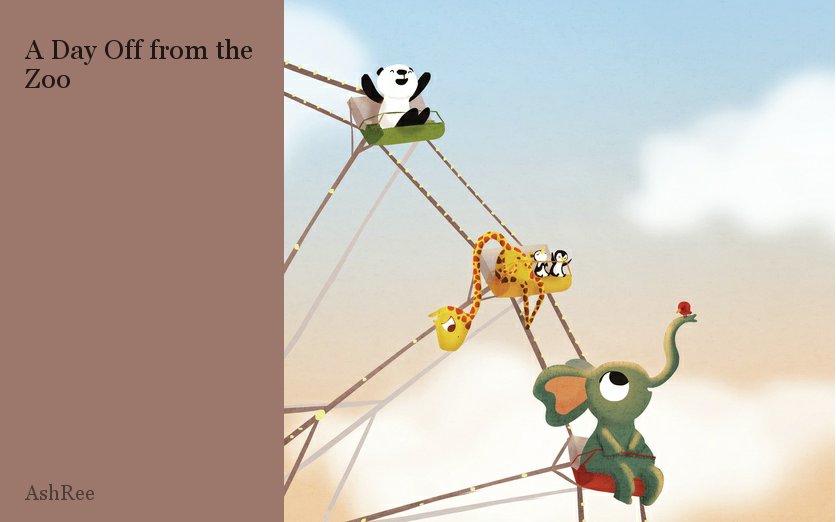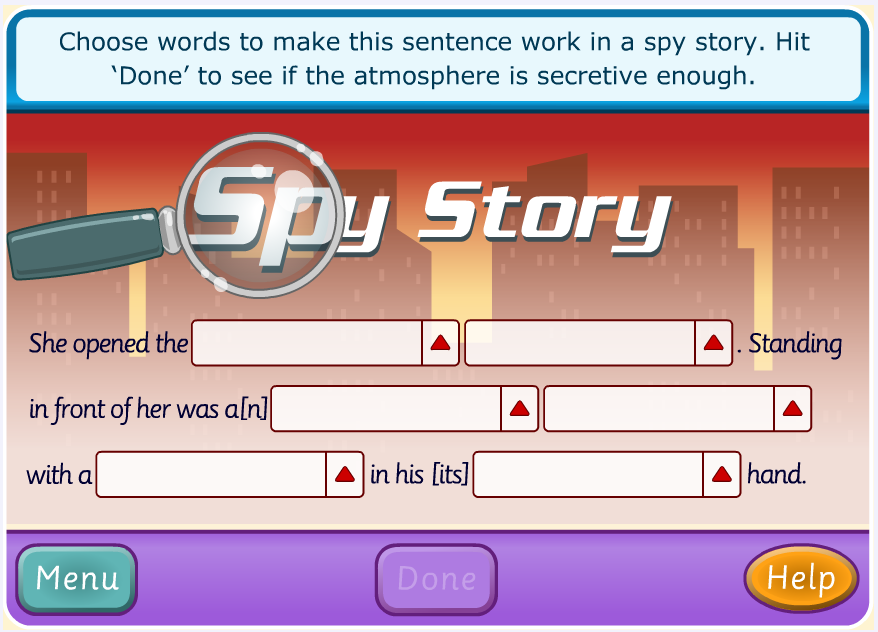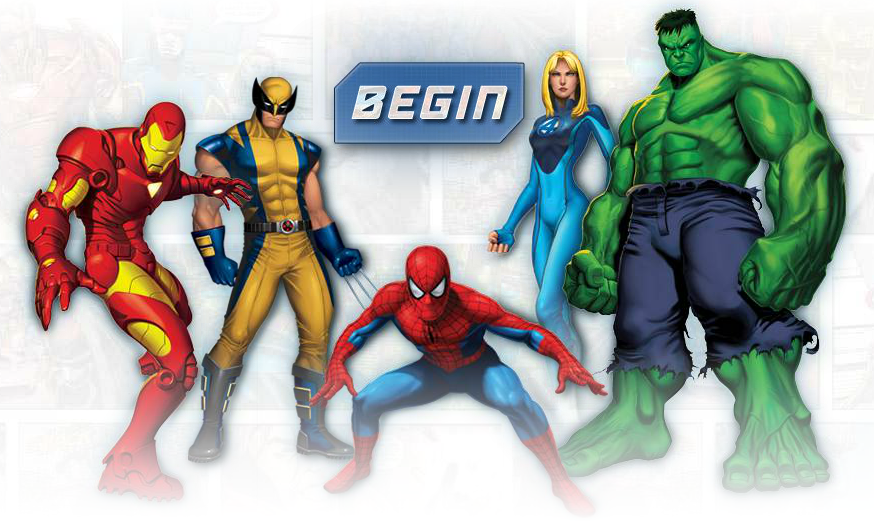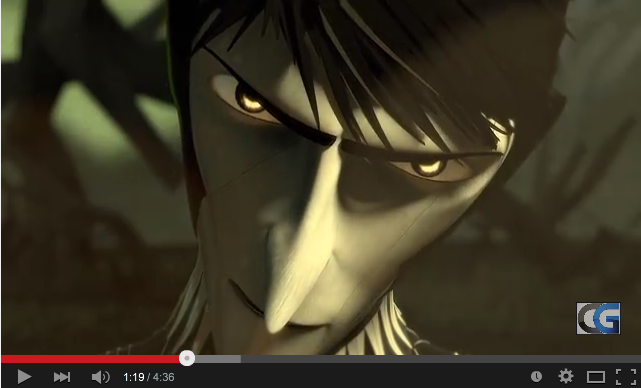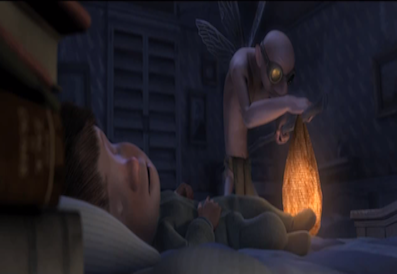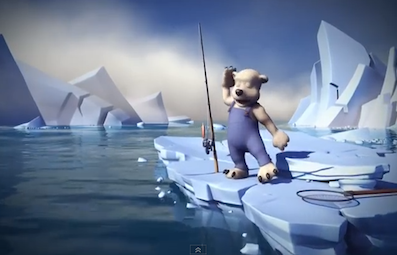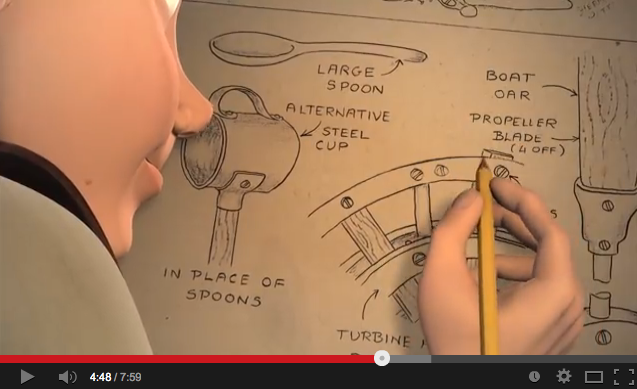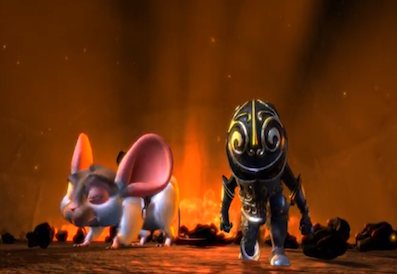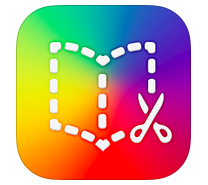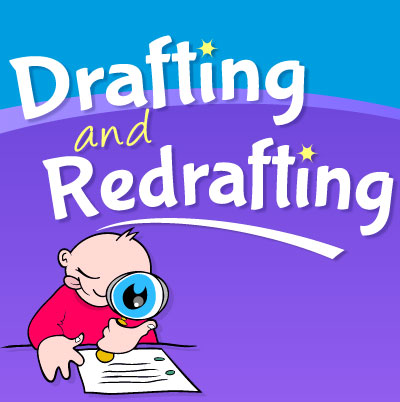Teaching Narrative
Scratch and Story Writing
Overview
In this lesson your class will focus on creating a character and a setting and begin to write a simple story using the Scratch Jr App.
Other Teaching Ideas:
Allow children to create simple instructions to move and modify characters.
Use Scratch Jr to create words to describe characters or settings.
Use Scratch Jr to create simple games.
iMovie and Narrative
Overview
This is a lesson that allows your children to create a simple narrative trailer.
It can be used as a planning stage/storyboard for their writing.
iMovie is very simple to use, you will surprise yourself!
Scratch and Characters
Overview
In this activity the children will be learning to create different characters using the Scratch app. This can be used to create story characters, people who help us or any other characters your children may want to create. In this lesson your class will have the opportunity to make the characters move and talk.
Other teaching Ideas:
Scratch can be used for children to write their own stories using the text feature.
Scratch can be used for coding purposes.
Scratch can be used to look at story settings and adjectives.
ChatterPix and Characters
Overview
In this lesson your children will get into character using the Chatterpix app. The particular example shown is the Titanic Captain Edward Smith but this lesson can be used using any character.
Other Teaching Ideas:
1. Shapes and properties.
2. Describing a setting.
3. Giving explanations.
The Vocab Lab
Explore this amazing pack of nouns, verbs and adjectives suitable for narrative story writing and Fairytale/Castles.
The children can delve deeper into the meaning, usage, synonyms, antonyms, association and can even illustrate to show their understanding.
Creating Problems
This is an activity that helps to encourage your children to think quickly and create different problems. This could help generate ideas for story writing.
You can set the scene for the children to make it more difficult or you can keep it open ended to encourage creativity and thinking.
Get the children in a circle and tell them that they are going to be thinking about problems today. Say, “Come quickly!” and go around and allow the children to share what they think is happening with the class.
Creating Story Problems
To get the best our of narrative you must break down each step of the story.
This step focuses on creating a problem. The children must look at the pictures and focus on building up and creating a problem.
Ensure the children don’t create the resolution as that comes later.
Creating a Story with Young Writers
Allow your children to break down the story writing process by following these simple steps.
If you take a new section each day, the children will learn the structure and the key features to consider when writing a story.
Bring Narrative to Life
This tutorial shows you how to create a snowman, but you could create different characters to fit in with your story writing.
The children can create the characters and create simple dialogue between characters. It could also be used to assess talking and listening.
This could also be part of an ICT project.
Click to learn how…
Unimagined Friend
A group of unimagined characters are hoping that they will be drawn during ‘Arts and Crafts’ day at school. If they are drawn by one of the children, they come to life and become best friends with their artist. The main character Karl is mischievous and tries to manipulate the children’s imaginations.
How could this be used in your KS1/KS2 Classroom?
– Encourage your children to imagine a character they would love to be best friends with and draw it.
– Create simple character profiles, bringing the characters to life.
– Allow your children to have the opportunity to create their character using different art materials, giving them texture and depth. You will see how alive the characters become.
– Explore the nature of building suspense and discuss how Karl is feeling when he watches children draw. Talk about suspense in your children’s lives and stories.
– Allow your children to reflect deeper on the animation. Discuss that the purpose of a narrative is to entertain. Did their story entertain? Why? Why not? How could it be improved?
The Planets
The Planets is a fantastic concept for an animation. It explores twelve different worlds looking at different inhabitants. You can see that not only do the inhabitants look different, but they also have different characteristics and natures. This provides a fantastic introduction to creating fantasy worlds and characters with your children. The first five planets would be suitable for most classes, but it can get scary for younger children in other planets so choose the planets to suit your class.
How could this be used in your KS1/KS2 Classroom?
– Allow your children to create their own world and characters using their imagination or modifying what they have seen in the clip. Extend this by adding in transport for the world. Encourage your children to keep the theme of the world consistent. For example, if they decide to make a music world, ensure objects and transport are linked to music in some way.
– Create character descriptions.
– Create a front cover and blurb for a story about the world. You could even ask the children to sketch and write a book introduction suitable for lower KS1 children.
– Compare and contrast worlds.
– Create brochures. The children can create a holiday style brochure, showing off the inhabitants and features of the island.
Rite of Passage
Story
Toki’s tribe expects him to bring home the head of the biggest animal possible. In return, he will receive honour and respect. However, this rite of passage does not turn out as planned. With the help of a colourful new friend, he achieves something much bigger.
How could this be used in your KS1/KS2 Classroom?
– Create a landscape drawing different habitat, vegetation and geographical features.
– Draw a tribal village map from a bird’s eye view.
– Create a tribe of your own. Create different characters who have different roles.
– Create a story – My life in a tribe. Research will be needed for this, but be careful which tribe you choose.
Benny's Booty
This animation is a great resource to improve the quality of narrative writing in your KS1/KS2 class. Encourage your class to be as creative and adventurous as possible with their story. Benny is having trouble opening his treasure chest.
How could this be used in your KS1/KS2 Classroom?
– All your children could retell the story in third person. Encourage the children to put their own twist on the story.
– Hot seating activity: Interview the pirate, crab and treasure chest and gain an insight from their perspective.
– Write a piece from the perspective of the chest in the first person. Ensure the children build up the story to the problem. I’m sure there is history to this treasure chest, after all, it was buried there by someone.
– Create a wanted poster for Benny the Pirate for stealing the chest. Include descriptions, past crimes, slogans, known associates, places visited etc.
– Write a newspaper report about Benny and interview him. Create a news article about younger Benny, interview classmates etc. Then discuss how his life has built up to becoming a pirate.
Island
Another fantastic teaching resource to help inspire your children and improve the quality of their writing. This animation is a great introduction to writing a narrative of one night alone on an island.
The ending is unexpected so watch for yourself so you know when to pause.
How could this be used in your KS1/KS2 Classroom?
– Stranded on an island, what sort of things would you get up to?
– Write the beginning of the story. How did Mr Lonely get here?
– Hot seating/Character study – Why does Mr Lonely not want off the island?
– Write a newspaper report about the mystery of the island. Like the Bermuda Triangle.
Wanted
Two criminals plan a great train robbery. A great opportunity for your children to write some inspiring narrative.
How could this be used in your KS1/KS2 Classroom?
– Allow the children to create setting descriptions.
– Write the blurb of the story.
-Write the next robbery the duo commit at another location.
– Write a story from the perspective of a sheriff trying to track down the outlaws.
Johnny Express
Another animation set in the future when the universe is accessible. A great introduction to narrative.
It’s 2150, and there are all sorts of Aliens living throughout space.
Johnny is a Space Delivery Man who travels to different planets to deliver packages. Johnny is lazy and his only desire is to sleep in his autopilot spaceship. when the spaceship arrives at the destination, all he has to do is simply deliver the box. However, it never goes as planned. Johnny encounters strange and bizarre planets
and always seems to cause trouble on his delivery route. Will he be able to finish his mission without trouble?
How could this be used in your KS1/KS2 Classroom?
– Create story in third person. Which switches between perspectives.
– Create observation notes from the perspectives of the aliens and Johnny. Explore thoughts, feelings and observations made.
– Hot seating activities.
– Character study – What type of person is Johnny? Explore the evidence in the animation.
Story Reading and Writing
This resource allows your children to read different stories of different genres or write their own story using illustrations provided.
Spy Story
In this resource, the children can adapt sections of a template and create stories. Alternative genres are available.
Create a Superhero
Create your own superhero with Marvel’s Superhero Avatar Creator! Name your superhero, mix and match costumes of all your favorite Marvel characters, including Spider-Man, Iron Man and Wolverine, customize face, hair, and other features.
Discoveries
Cairo, 1920, an archaeologist is about to discover the secret of the Egyptian Pyramids…
How could this be used in your KS1/KS2 Classroom?
Using the wonders of the world, allow your class to create a discovery. The wonder of the world can turn into anything they want or they can find anything they want inside. Maybe they live in the wonder and describe what they see each day. An open lesson to promote creativity.
Rock, Paper, Scissors
Check out this touching CGI animated short animation. When Rock stumbles upon the magical Paper, it’s love at first sight. But when the wrath of Scissors threatens the well-being of Paper, Rock must stop at nothing to save what he loves most, no matter the cost.
How could this be used in your KS1/KS2 Classroom?
– Create character profiles to compare and contrast.
– Retell the story with dialogue.
– Make an alternative story using the same characters. Maybe they don’t meet in the forest?
Dreamgiver
The Dreamgiver is an interesting story about a creature that delivers dreams to sleeping children by cracking magical eggs over their belongings. The story takes a turn when the Dreamgiver delivers a nightmare to one of the children.
With your class you could create a mind map of different dreams the Dreamgiver delivers (both nice and nightmare). You could then ask the children to choose one of their dreams and elaborate. Furthermore, you could get the children to bring in an object or picture from home that they would like to crack the magical eggs over to assist with the writing. You could write from 1st person (Boy, Girl or Dreammaker) or 3rd person perspectives.
Fishing with Sam
The story explores the nature of finding food in the polar regions. For some animals, finding food is easy, for others, it is very difficult. The penguin can find food easily and likes to show off. A fantastic resource for exploring contrasting feelings, and ensuring you children add feelings into their writing.
Also a great opportunity to introduce your children to show, don’t tell in writing. Show, don’t tell is the ability to show feelings without saying…he was sad. You could say, ‘His tear-filled eyes closed and his chin lowered to his chest’.
Wing it
This animation video shows a struggling inventor called Sherman who is in need of inspiration for developing his flying machine. Overlooking earth are a group of aliens who are monitoring Sherman’s progression. As the story develops, we learn that aliens were responsible for all major inventions throughout history. The aliens implant Sherman with the knowledge to create his flying machine with a twist.
Ideas for lessons:
– Create dialogue between the aliens.
– Children create their own invention and create a newspaper report about it.
– Create a non-chronological report about the inventions through time.
– Hot seating for the inventor and the aliens.
The Tiny Crusader
The Tiny Crusader is a story of an old blacksmith called Ulric who is unable to keep up the physical nature of his job. Making large swords and armoury is much too tasking. Feeling deflated a new opportunity comes to him in an unusual form. The Tiny Crusader needs his sword fixed so he can undertake a new adventure.
You could create a new adventure with your class that could have endless possibilities. You could create tiny crusader clay models and decorate as a stimulus to their writing. It’s amazing how passionate and creative children get when they are writing about their Crusader.
Book Creator
The simple way to create your own beautiful iBooks, right on the iPad.
Read them in iBooks, send them to your friends, or submit them to the iBooks Store.
Ideal for children’s picture books, photo books, art books, cook books, manuals, textbooks, and the list goes on.
Principles of Narrative
When teaching narrative or story writing this year, whether you are teaching KS1 or KS2, you should be looking to give your children a visual stimulus that inspires.
Inspiration for writing stories comes in all forms and each child will be inspired in different ways. Use a variety of resources so you are more likely to inspire the variety of learners.
A few different resources include: books, videos, pictures music, props, day trips and computer tours of different locations. This variety of stimulating resources will give your children the freedom to explore and showcase their creativity.
Obviously, I can’t list an abundance of resources as each class explores different topics; I can however give you a resource that can be used when teaching: Myths and Legends, fairytale narratives, topics relating to castles, weaponry and knights (coat of arms, metals, armour etc.). Even if you’re not teaching any of these topics you may find a use for the resource that I may have missed.
Narrative – Teaching Ideas
1. Create images or models of some characters or places from a story using dough or clay. This will enthuse the children from the offset.
2. Give the children time to create a simple story/sketch using their mini characters and props.
3. Allow the children time to listen to and respond to other stories, as well as tell their story to the class or a group.
4. Create a simple drama sketch of their stories.
5. Begin to present ideas and information with some structure and sequence. Use a storyboard showing the key elements of their story.
6. Create a shared piece of writing taking the beginning, middle and end as discrete sections. Explore a variety of narratives and highlight and discuss common features.
7. Model the expectations and create success criteria to give the children targets for their writing.
Narrative Checklist
1. The purpose of a narrative is to entertain the reader. Make it creative and imaginative.
2. Remind children of the patterns within narratives and identify the characters, setting, prediction of plot, main events, hurdles etc.
3. Remind children that there must be a problem in the story and encourage the children to think of the problems within a variety of books and/or movies.
4. Discuss a variety of features that can create moods and effect.
5. Remind the children that everyday activities should be avoided when writing – make your story a fantasy story.
6. Ensure the children use their experiences to help describe emotions, thoughts and feelings.
7. Encourage the children to ‘show don’t tell’. Don’t say the character was very brave; show he is brave by describing a fight scene where he climbed across a burning rope bride.
Editing Narrative
There is an arguement that there are two types of writer within us, ‘free spirit’ and ‘stern editor’. The theory is that writers ideally start writing on a ‘Free spirit’ approach, writing and developing ideas, giving little thought to coherency, grammar, and precision.
Then ‘Stern editor’ is summoned, revisiting what has been written, critiquing the work.
In KS1 and KS1 allowing children to become the ‘free spirit’ and ‘stern editor’ are both equally crucial. After all, how can writing be improved if it is never edited, revisited or redrafted?

